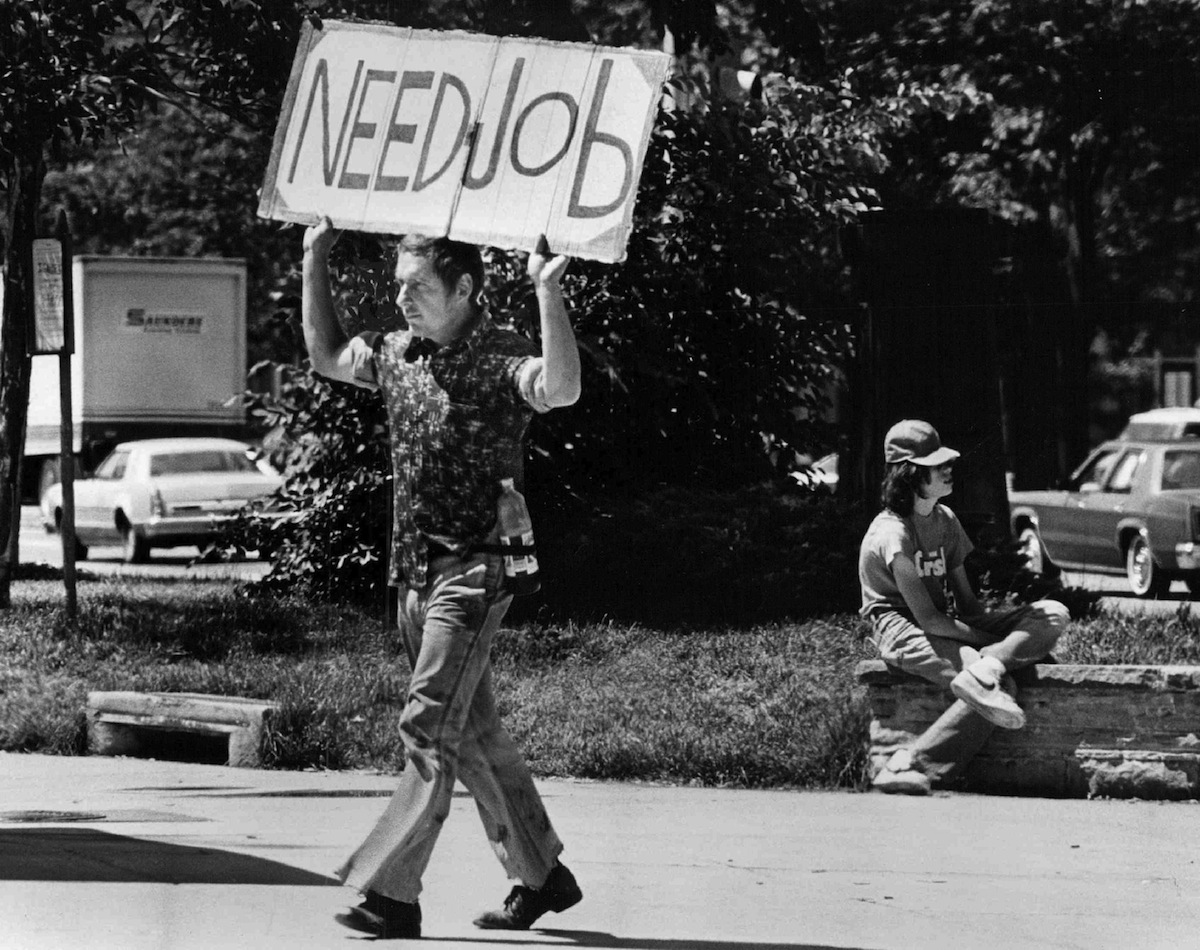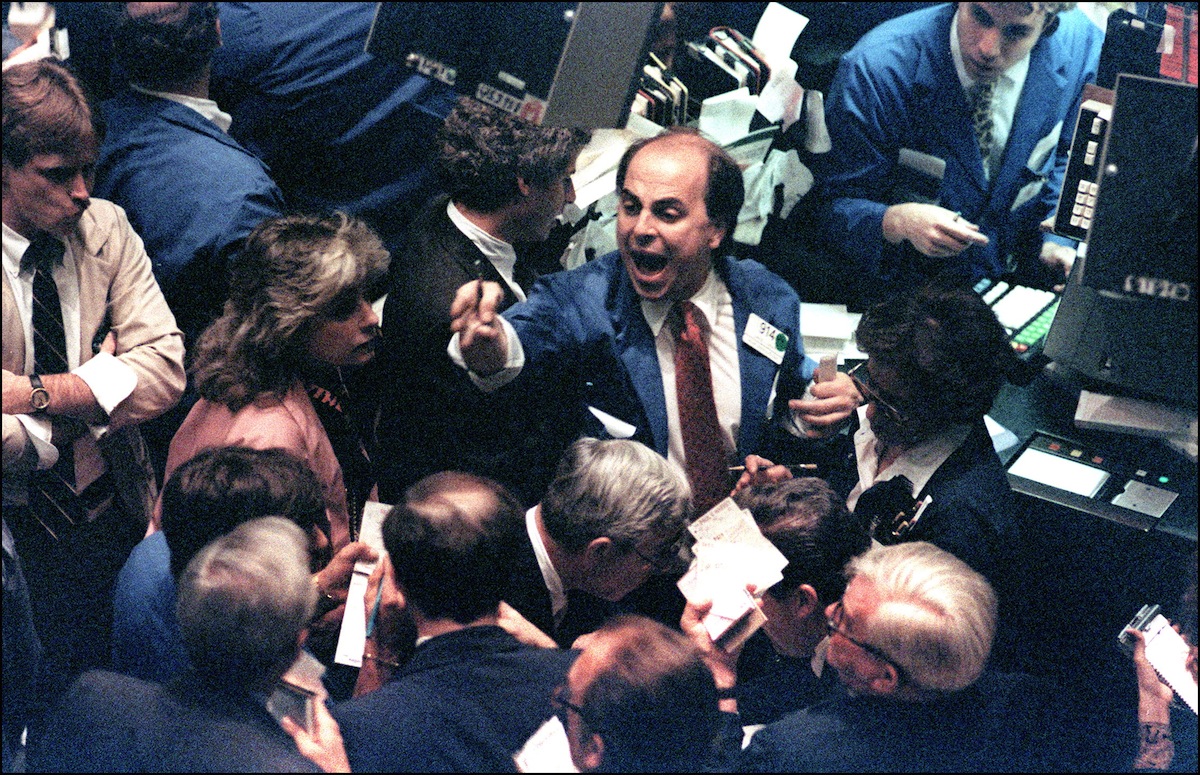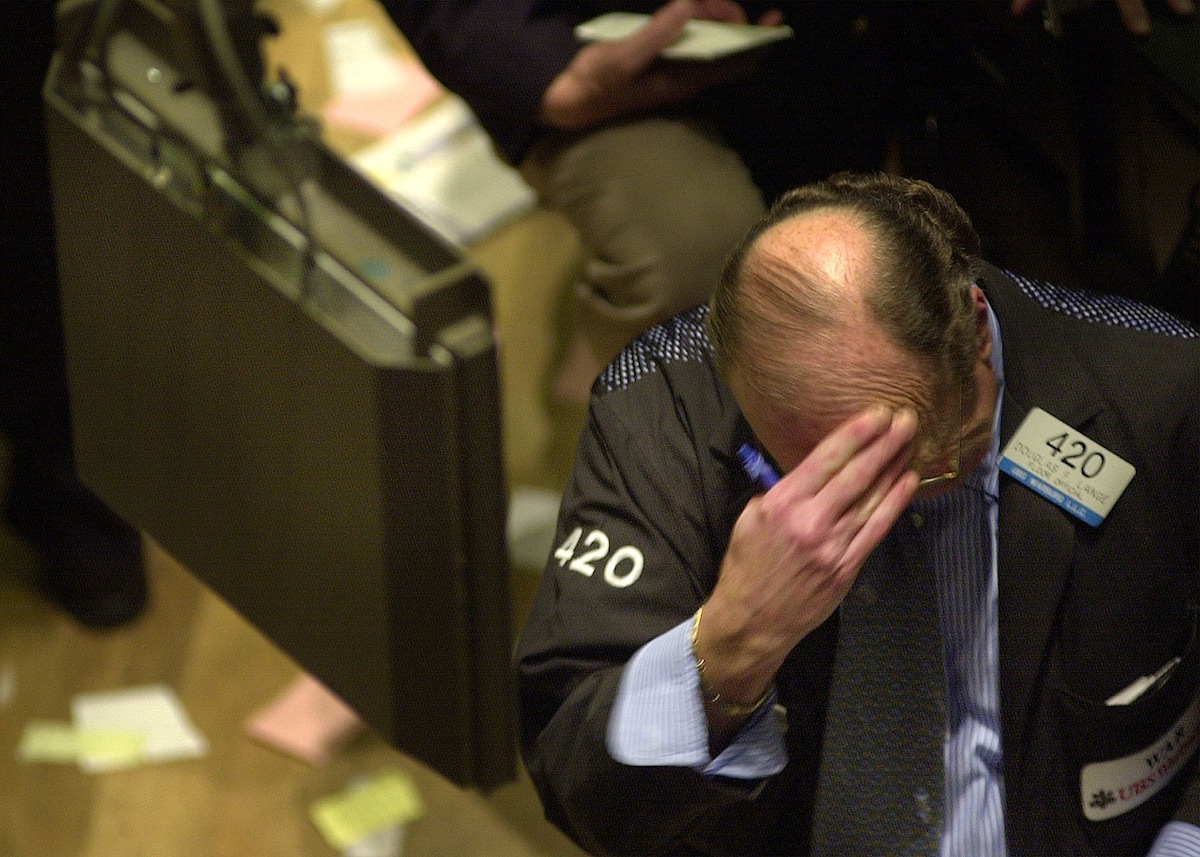A recent popular (and highly debatable) meme among economic observers is that financial crises now come every seven years. If that’s the case, we could be hit by a new one any day now. Whether or not the seven-year theory is strictly accurate, many economists are warning that another crisis is coming soon—and we’ve definitely been through the cycle before.
Here’s a look at how TIME covered six of the worst crises to hit the United States in the last century, at the moments when things looked their bleakest:
1929: The Crash of ’29

Nobody knew, as the stock market imploded in October 1929, that years of depression lay ahead and that the market would stay seized up for years. In its regular summation of the president’s week after Black Tuesday (Oct. 29), TIME put the market crash in the No. 2 position, after devastating storms in the Great Lakes region. TIME described the stock-swoon this way: “For so many months, so many people had saved money and borrowed money and borrowed on their borrowings to possess themselves of the little pieces of paper by virtue of which they became partners of U.S. Industry. Now they were trying to get rid of them even more frantically than they had tried to get them. Stocks bought without reference to their earnings were being sold without reference to their dividends.” The crisis that began that autumn and led into the Great Depression would not fully resolve for a decade.
Read the Nov. 4, 1929, issue, here in the TIME Vault: Bankers v. Panic
1973: The OPEC Embargo

Here’s proof that the every-seven-years formulation hasn’t always held true: The OPEC oil embargo is widely viewed as the first major, discrete event after the Crash of ’29 to have deep, wide-ranging economic effects that lasted for years. OPEC, responding to the United States’ involvement in the Yom Kippur War, froze oil production and hiked prices several times beginning on October 16. Oil prices eventually quadrupled, meaning that gas prices soared. The embargo, TIME warned in the days after it started, “could easily lead to cold homes, hospitals and schools, shuttered factories, slower travel, brownouts, consumer rationing, aggravated inflation and even worsened air pollution in the U.S., Europe and Japan.”
Read the 1973 cover story, here in the TIME Vault: The Oil Squeeze
1981: The Early-’80s Recession

The recession of the early 1980s lasted from July 1981 to November of the following year, and was marked by high interest rates, high unemployment and rising prices. Unlike market-crash-caused crises, it’s impossible to pin this one to a particular date. TIME’s cover story of Feb. 8, 1982, is as good a place as any to take a sounding. Titled simply “Unemployment on the Rise,” the article examined the dire landscape and groped for solutions that would only come with an upturn in the business cycle at the end of the year. “For the first time in years, polls show that more Americans are worried about unemployment than inflation,” TIME reported. A White House source told TIME: “If unemployment breaks 10%, we’re in big trouble.” Unemployment peaked the following November at 10.8%.
Read the 1982 cover story, here in the TIME Vault: Unemployment: The Biggest Worry
1987: Black Monday

If the meaning of the Crash of ’29 was underappreciated at the time it happened, the meaning of Black Monday 1987 was probably overblown—though understandably, given what happened. The 508-point drop in the Dow Jones Industrial Average on October 19 was, and remains, the biggest one-day percentage loss in the Dow’s history. But the reverberations weren’t all that severe by historical standards. “Almost an entire nation become paralyzed with curiosity and concern,” TIME reported. “Crowds gathered to watch the electronic tickers in brokers’ offices or stare at television monitors through plate-glass windows. In downtown Boston, police ordered a Fidelity Investments branch to turn off its ticker because a throng of nervous investors had spilled out onto Congress Street and was blocking traffic.”
Read the 1987 cover story, here in the TIME Vault: The Crash
2001: The Dot-Com Crash

The dot-com bubble deflated relatively slowly, and haltingly, over more than two years, but it was nevertheless a discrete, identifiable crash that paved the way for the early-2000s recession. Fueled by speculation in tech and Internet stocks, many of dubious real value, the Nasdaq peaked on March 10, 2000, at 5132. Stocks were volatile for years before and after the peak, and didn’t reach their lows until November of 2002. In an article in the Jan. 8, 2001, issue, TIME reported that market problems had spread throughout the economy. The “distress is no longer confined to young dotcommers who got rich fast and lorded it over the rest of us. And it’s no longer confined to the stock market. The economic uprising that rocked eToys, Priceline.com, Pets.com and all the other www. s has now spread to blue-chip tech companies and Old Economy stalwarts.”
Read the 2001 cover story, here in the TIME Vault: How to Survive the Slump
2008: The Great Recession

On Sept. 15, 2008, after rounds of negotiations between Wall Street executives and government officials, Lehman Bros. collapsed into bankruptcy. And so did AIG. Merrill Lynch was forced to sell itself to Bank of America. And that was just the beginning. TIME pulled no punches in its September 29 cover story, titled “How Wall Street Sold Out America” and written by Andy Serwer and Allan Sloan. “If you’re having a little trouble coping with what seems to be the complete unraveling of the world’s financial system, you needn’t feel bad about yourself,” the men wrote. “It’s horribly confusing, not to say terrifying; even people like us, with a combined 65 years of writing about business, have never seen anything like what’s going on. They advised readers that “the four most dangerous words in the world for your financial health are ‘This time, it’s different.’ It’s never different. It’s always the same, but with bigger numbers.”
Read the 2008 cover story, here in the TIME Vault: How Wall Street Sold Out America
More Must-Reads from TIME
- Donald Trump Is TIME's 2024 Person of the Year
- Why We Chose Trump as Person of the Year
- Is Intermittent Fasting Good or Bad for You?
- The 100 Must-Read Books of 2024
- The 20 Best Christmas TV Episodes
- Column: If Optimism Feels Ridiculous Now, Try Hope
- The Future of Climate Action Is Trade Policy
- Merle Bombardieri Is Helping People Make the Baby Decision
Contact us at letters@time.com